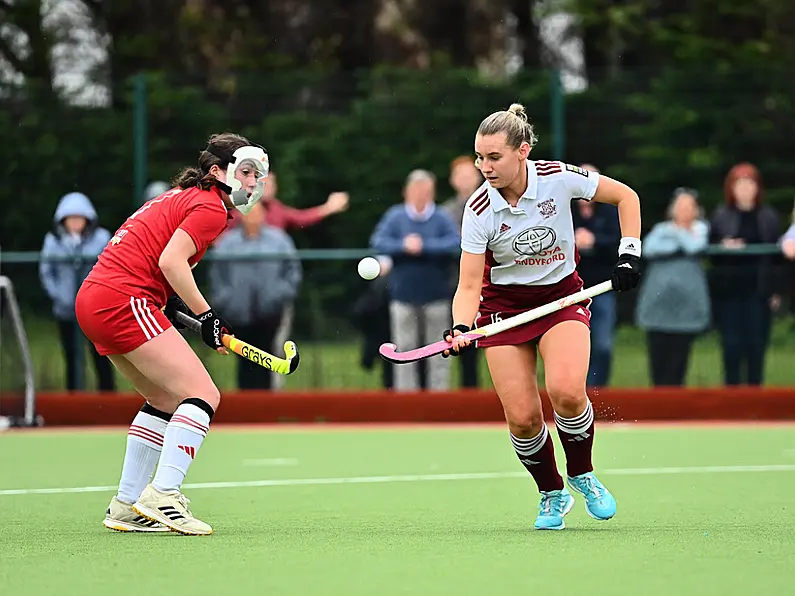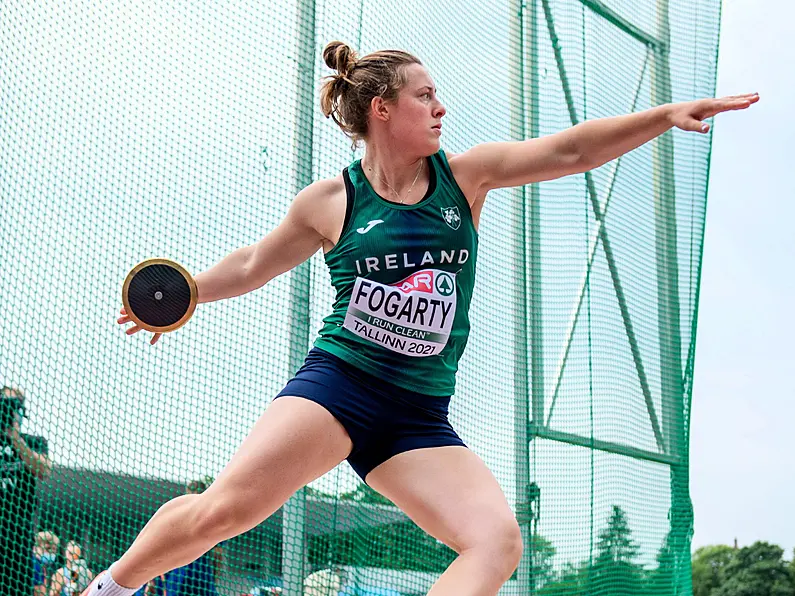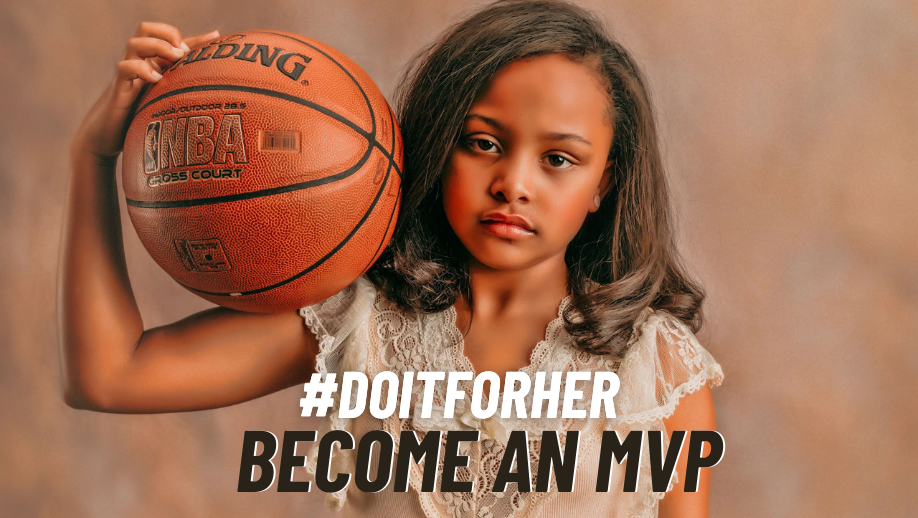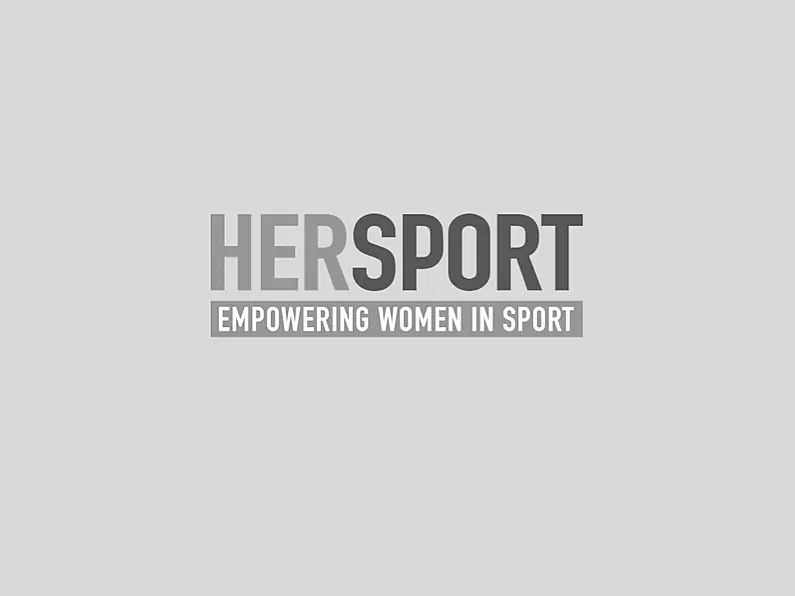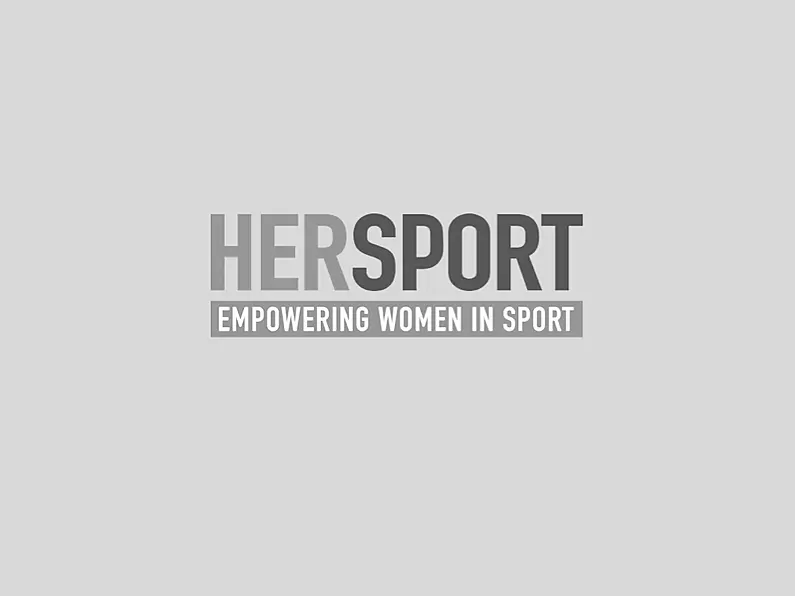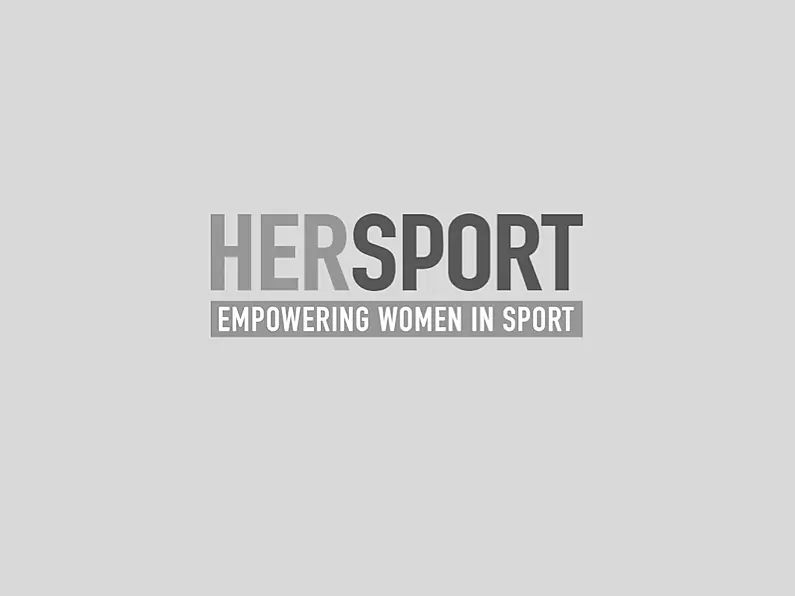2021 has been a monumental year for sport in Ireland. Women have lead the way achieving incredible success both domestically and internationally. Teneo even released insight which revealed that five of the eight most admired Irish sports stars are female.
Off the field there has been huge success as well. Here are four top moments that I wanted to look back on and raise some questions for you to think about.
Equal Pay In GAA
In December 2020, the Gaelic Players Association (GPA) and the Women's Gaelic Players Association (WGPA) voted to amalgamate and work together towards equality within Gaelic Games.
One of the first milestones achieved by the newly formed association was successfully securing equal grant funding for female players. Prior to this, Government grants of €3.7 million were paid out to support inter-county GAA players; male players received €3m of this while female players received €700,000. Effectively, taxpayer money was being used to fuel inequality – 81% of every euro going to a man while 19% to a woman.
In May, this changed with Jack Chambers, the Minister of State for the Gaeltacht and Sport, stating he couldn't "stand over or defend that inequality". As a result, from next season, there will be parity of funding between male and female inter-county GAA players. Both male and female players will receive €1,200 from the Government grants.
It does beg the question however, how much of other Government sport funding (taxpayer money) goes towards similar inequalities?
Earlier this month, funding of €80m for the sport sector was announced. The GAA, FAI and IRFU alone received €57m of this. If you read further down, these three organisations have less than 20% female representation on their Board. How much of this funding is going towards girls and women in their respective sport?
FAI Equal Pay
How far we have come.
Just four years ago, the Republic of Ireland WNT held an explosive press conference threatening to withdraw from playing for their country. They declared they were being treated as “fifth-class citizens” and “the dirt on the FAI’s shoe.” Players were frustrated over the lack of respect and fundamental basics; a lack of match fees, hand-me-down tracksuits and being forced to change in public toilets on the way to matches.
Earlier this year, strides have been made towards parity. The FAI announced a landmark agreement had been reached to ensure equal pay for the Ireland senior men's and women's teams on international duty. The women will now receive €2,000 per match. No more and significantly, no less than their male counterparts.
The results, atmosphere and excitement since the announcement speak for themselves. The National Team are in a great position to secure qualification to their first ever major tournament and set a new record against Georgia. The 11-0 victory was the biggest competitive victory ever registered by an Irish men’s or women’s senior international team.
The match also drew a record domestic audience for an Irish Women's international. An average of 209,000 viewers tuned in to RTÉ for the game with peak viewing figures at 340,000 towards the end of the game.
As an aside, did you know that 85% of your TV license fees goes to RTÉ to carry out its public service broadcasting commitments? TG4 have rightly been praised for promoting women's sport, taking on the opportunity to show GAA, basketball, soccer, athletics rugby and more.
Why don't RTÉ do the same? 50.36% of the Irish population are female. Women pay their TV license too. 60% of Irish people including men, want more visibility for women in sport. More coverage and visibility should be given.
Brave Players Take A Stand Against The IRFU
Earlier this month, a large group of brave and prominent figures in Irish women's rugby put their names to a letter written to the Government calling for support and “meaningful change” following the IRFU’s “historic failings”.
For current and former players to do this, with no personal gain, was incredibly courageous and monumental. The letter detailed that those players had "lost all trust and confidence in the IRFU and its leadership after historic failings".
Government intervention was called for to ensure the two ongoing reviews into the women’s game provide meaningful improvements and was made available as at the time, the IRFU said it did not intend to publish the reviews in full.
With the Minister for Sport and Minister of State for Sport indicating that they are treating the matter with the “utmost seriousness” – the IRFU backtracked on their decision to not publicly publish the independent reviews. Both reviews will now be published with the first one expected in the first quarter of 2022.
There is a long way to go in this yet but these players have fuelled conversation and highlighted their clear lack of faith in the current system (or lack thereof).
It may seem so small but perhaps reflects as part of the bigger picture. If you take a quick look at the IRFU Instagram account, over the past two months (from October 20th) the account has posted roughly 261 times with 211 of them pertaining to the men’s team. Just 19% of the IRFU’s Instagram social posts relate to the women. Visibility is so crucial and there is systematic sexism in sports that leads unequal opportunities. This starts with how women are marketed, promoted and covered by their National Governing Bodies, their own leagues and the media. How can we expect to grow the game if it’s not promoted?
Simple actions and measures can make a big difference. Food for thought.
Female Representation At Board Level
In November, Jack Chambers, the Minister of State for the Gaeltacht and Sport, published the Sports Action Plan to cover the period of 2021-23. Within the policy, a key headline set a target of 40% female representation in leadership roles in Irish sporting organisations by the end of 2023.
Chambers warned that organisations may face gender quotas in the years to come if that target is missed. “Considering the amount of female, as well as male, taxpayers’ money that goes into funding sport in Ireland, it is only right that the governing organisations should be more sporting in how they run their affairs,” he said.
It will be interesting to see how some National Governing Bodies navigate this with the latest snapshot of female representations on the boards not looking great for some.
Some NGBs with less than 30% women on their Board:
Cycling Ireland (13%)
Cricket Ireland (17%)
FAI (17%)
Gaelic Athletic Association (20%)
Irish Athletic Boxing Association (0%)
Irish Rugby Football Union (13%)
How are they going to change this over the next two years? It's going to be very interesting indeed.


